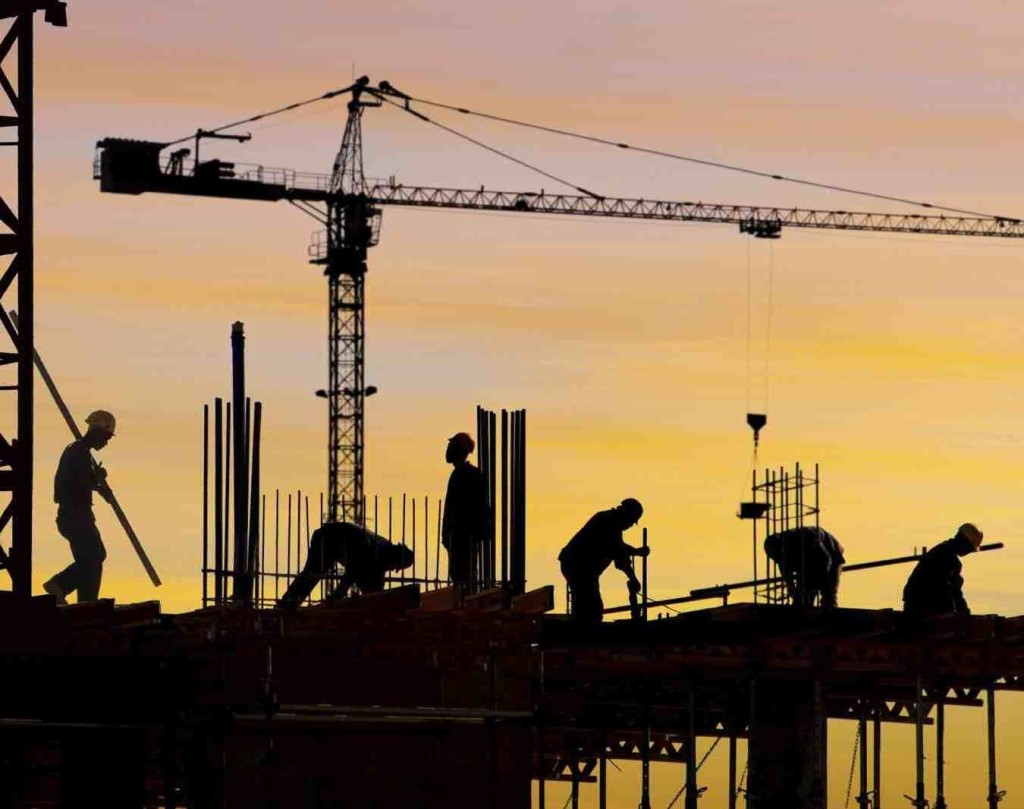
How will we fund the infrastructure we need in Hart District, Hampshire
Infrastructure is a hot topic in the debate about Hart District’s Local Plan, and much misinformation has been distributed by a number of groups. This post aims to set out who is responsible for funding the different types of infrastructure and which types of development attract contributions from developers.
Who is responsible for infrastructure
Hart District Council published a very helpful Infrastructure Delivery Schedule last October (which seems to have disappeared from their website, but we have saved a copy here) which helps answer the first of those questions. The detailed table is shown below, but it shows that most of the responsibility for health, transport and education is the responsibility of external bodies. Hart District Council is responsible for Leisure centres, Community and Cultural Facilities and Green Infrastructure.
What types of development attract developer contributions
The main point to note is that all housing developments, whether brownfield or green field attract developer funding of some sort (be that CIL or S106) with a number of exceptions.
The first exception is office conversions using permitted development rights which attract fewer S106 contributions. We understand that developer contributions are still required for SANG and SAMM. But such conversions do attract Community Infrastructure Levy (CIL) contributions. Hart has yet to implement a CIL policy, so we are exposed on this type of development until it does.
However, office conversions will soon will soon have to provide “starter homes” at a 20% discount to market rate under plans being drawn up by the government.
However, proper redevelopment of vacant office sites do attract S106 contributions and we should be doing all we can to encourage developers to take on these sites to deliver proper schemes to make the best use of available land.
The second exception is so called “affordable” homes which also attract no developer contributions. This is true whether these homes are built on brownfield or greenfield sites. Hart’s policy is that 40% of new build should be “affordable”. That means that a new town of 5,000 houses or an urban extension of 1,000 dwellings would only attract developer contributions on 3,000 or 600 of the dwellings respectively.
However, all “affordable” homes attract a higher “new homes bonus” from the Government upon completion, although that level of contribution is under threat from an ongoing consultation from the Government.
[Update]It is worth noting that currently all new homes delivered receive a new homes bonus from Government for a period of six years (potentially reducing to four years).[/Update]
If anyone thinks any of the above is wrong or inaccurate, please do get in touch and show me your sources and I will gladly make a correction.
Table of infrastructure providers and responsible bodies
| INFRASTRUCTURE TYPE |
MAIN PROVIDERS or RESPONSIBLE BODY |
| (1) Built Leisure | |
| Leisure Centres, Sports Centres,Gymnasiums | Hart District Council (HDC); private sector providers |
| (2) Community and Cultural Facilities | |
| Multi-use Facilities, CommunityCentres, Village Halls | HDC; Parish Councils |
| (3) Education | |
| Pre-school | Hampshire County Council (HCC); private sector providers |
| Primary school | HCC; private sector providers |
| Secondary school | HCC; private sector providers |
| Post-16 | Individual Colleges |
| Further/Higher Education | Individual Colleges & Universities |
| (4) Emergency Services | |
| Ambulance | South East Coast Ambulance Service; South East Central Ambulance Service |
| Fire | Hampshire Fire Brigade |
| Police | Hampshire Constabulary |
| (5) Flood Defences | |
| Planning for flood defences | Hampshire County Council (HCC) has new statutory responsibility as Lead Local Flood Authority and Sustainable Drainage Authority; HDC; Environment Agency (EA); DEFRA |
| (6) Green Infrastructure | |
| Suitable Alternative NaturalGreenspace (SANG) | HDC; Parish Councils; private landowners |
| Parks, Gardens, AmenityGreenspace | HDC; Parish Councils; private landowners |
| Sports Pitches | HDC; Parish Councils; private landowners |
| Countryside Access | HCC |
| (7) Public Health | |
| Primary Care (Doctors, Dentistsetc) | Primary Care Trust (PCT) (up to April 2013; replacement bodies thereafter); Clinical Commissioning Groups (CCG); Individual Practices |
| Secondary Care (Hospitals) | Frimley Park Hospital; Basingstoke and NorthHampshire Hospital |
| (8) Transport | |
| Strategic Highways | Highways Agency |
| Local Highways | HCC |
| Rail Services | Network Rail; South West Trains; First GreatWestern |
| Bus Services | Stagecoach; HCC |
| (9) Utilities | |
| Water | South East Water |
| Sewerage | Thames Water |
| Broadband | Private sector providers |
| Electricity | National Grid; Southern Electric |
| Gas | National Grid; Scotia Gas Networks (Southern Gas) |
| Waste | HCC; HDC |
Believe it or not, brownfield sites and office conversions do attract developer funding, if the council gets it act together with CIL.